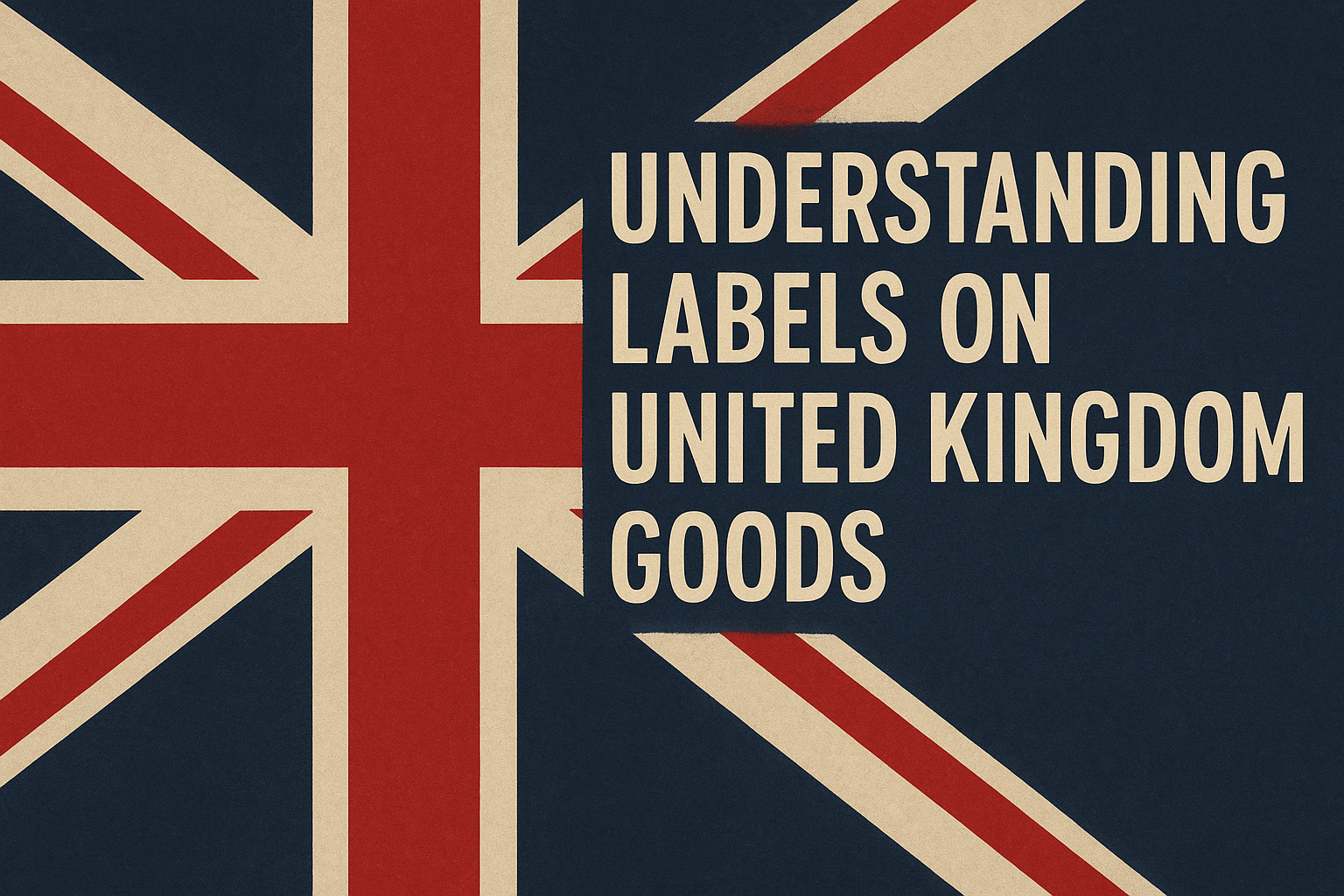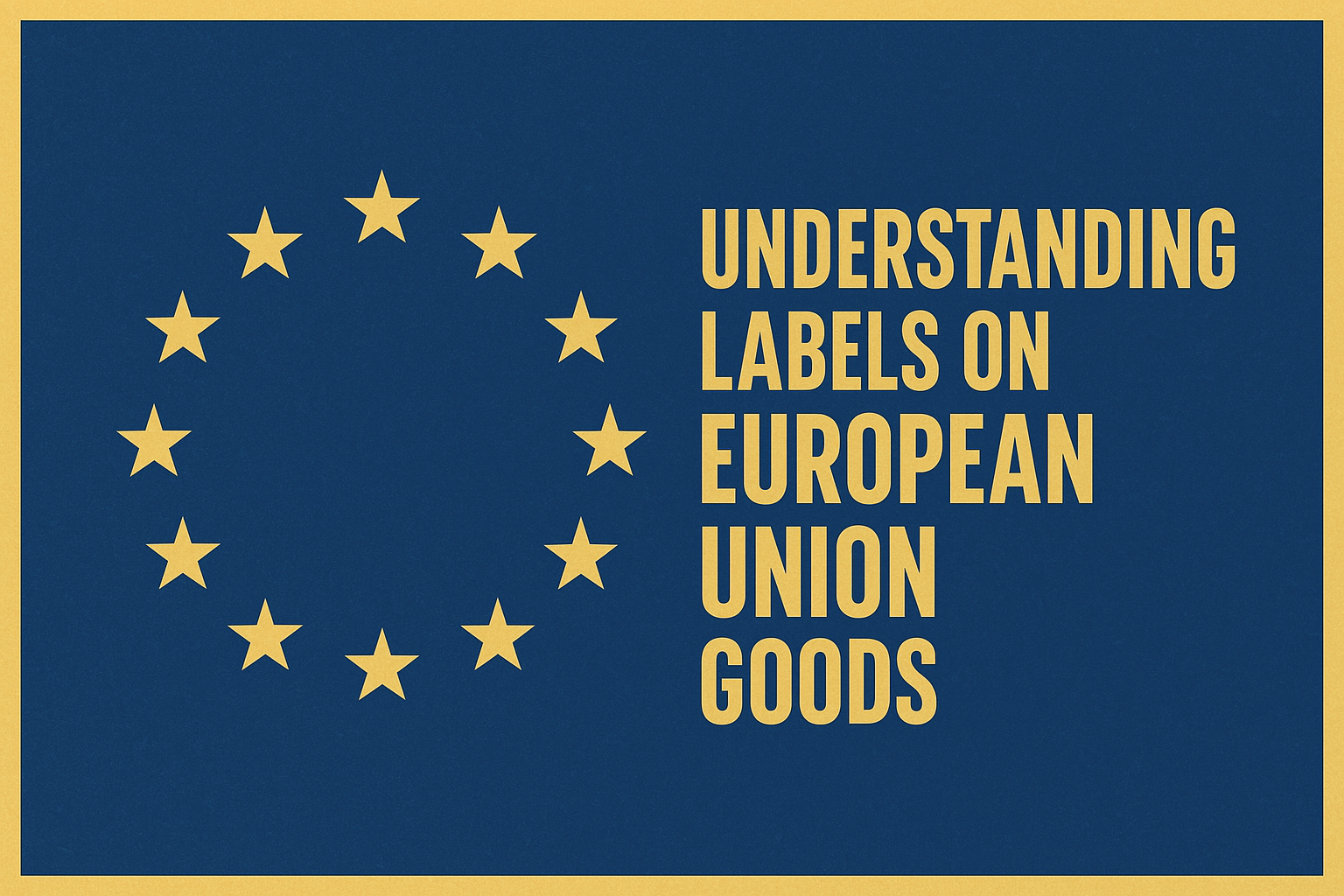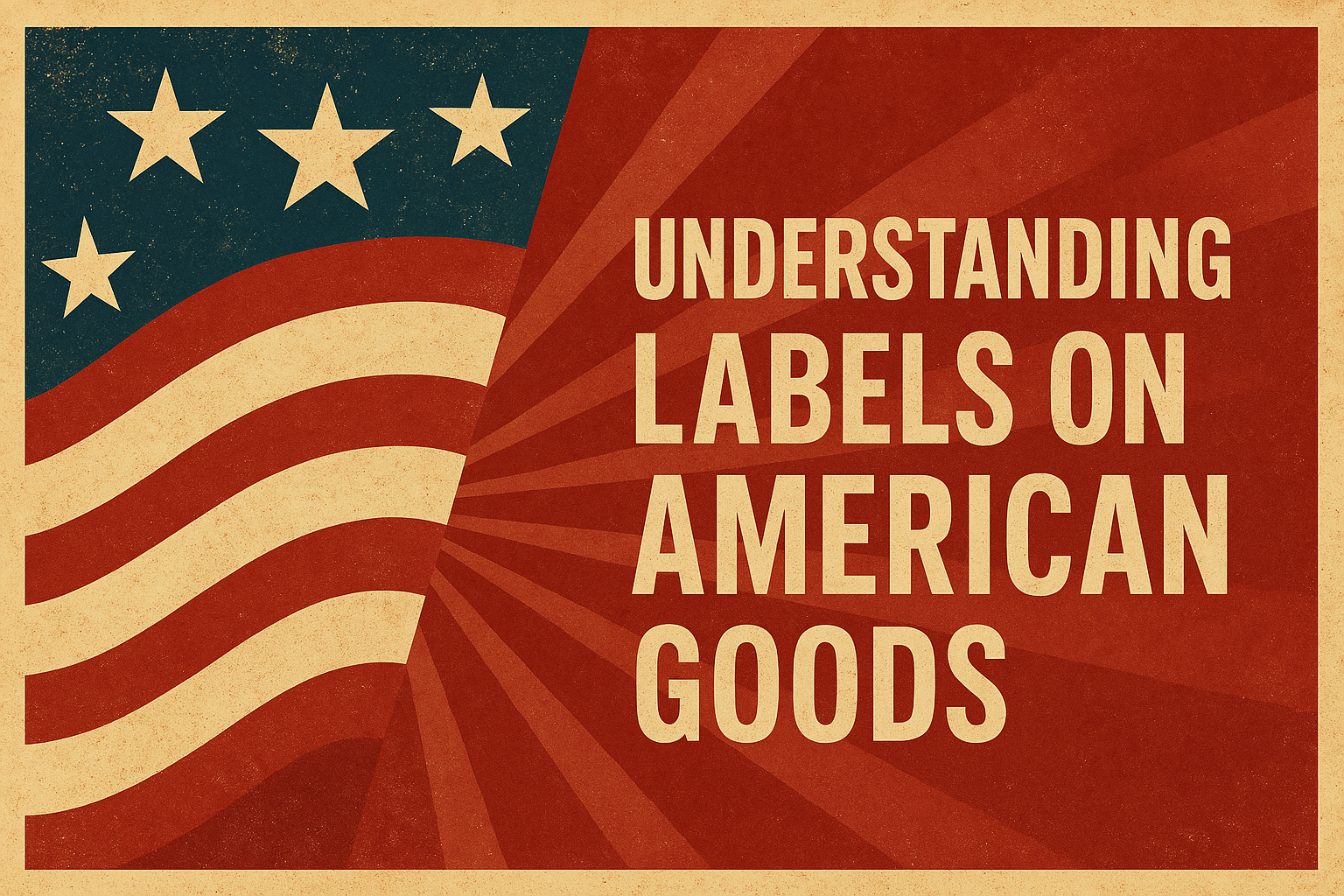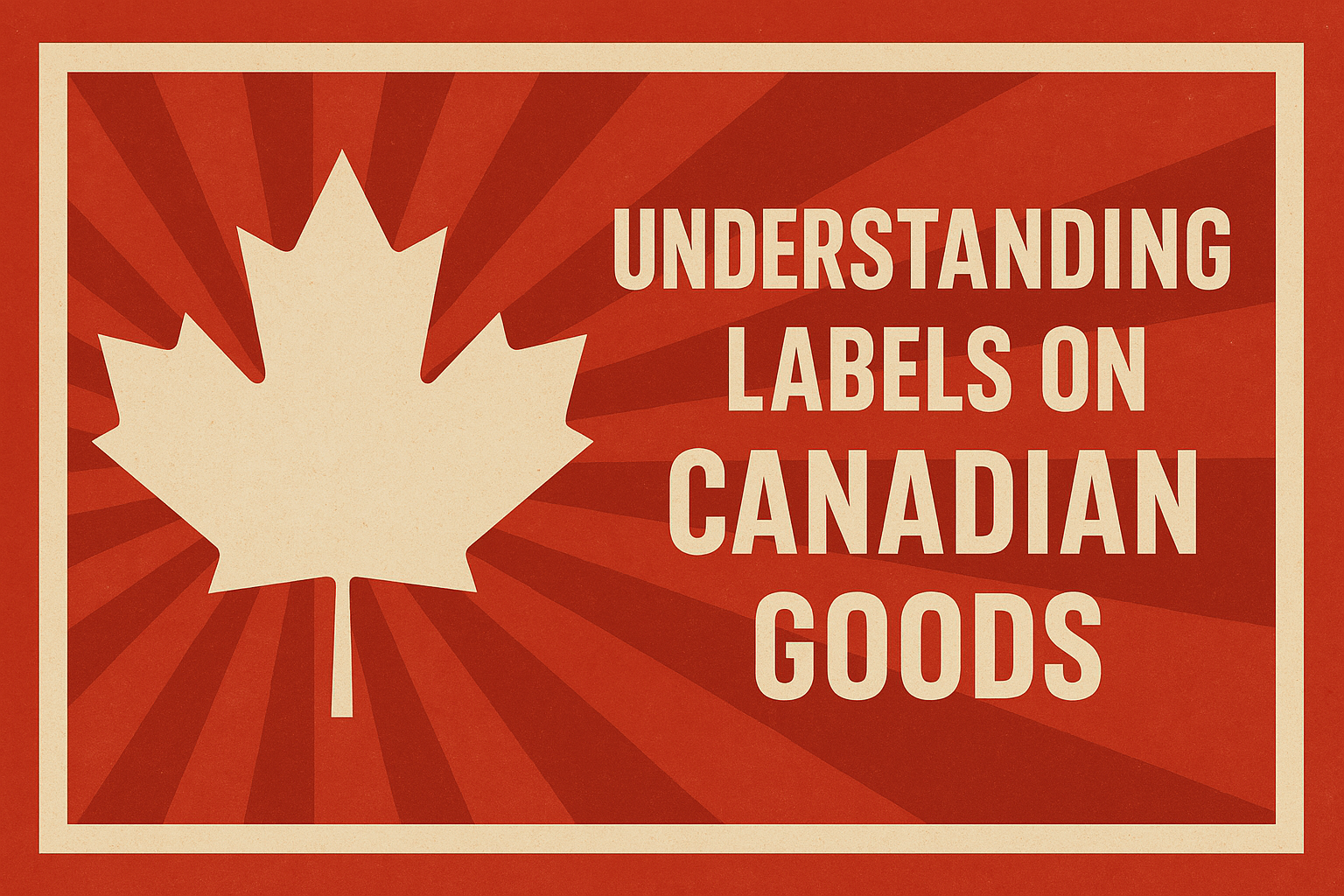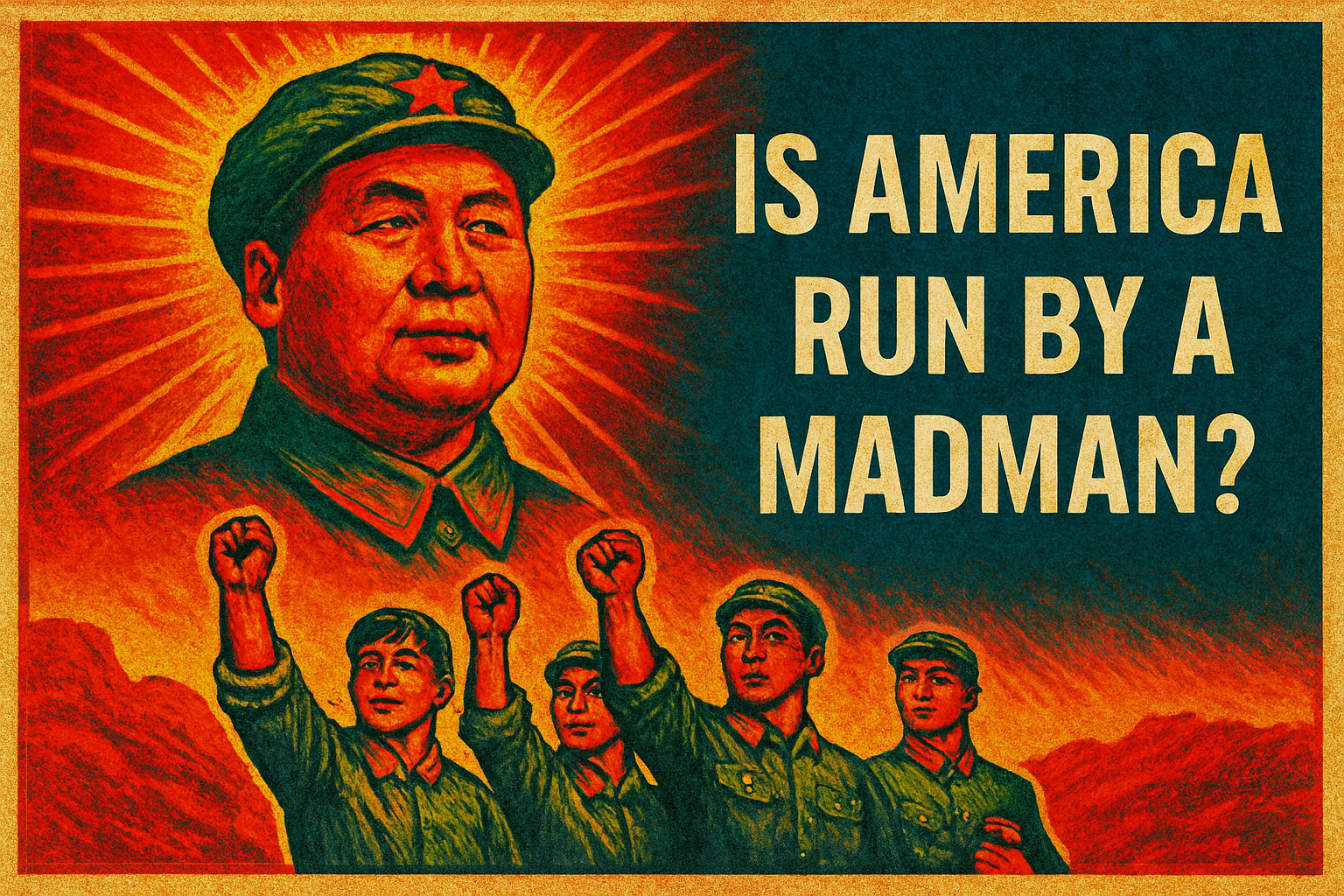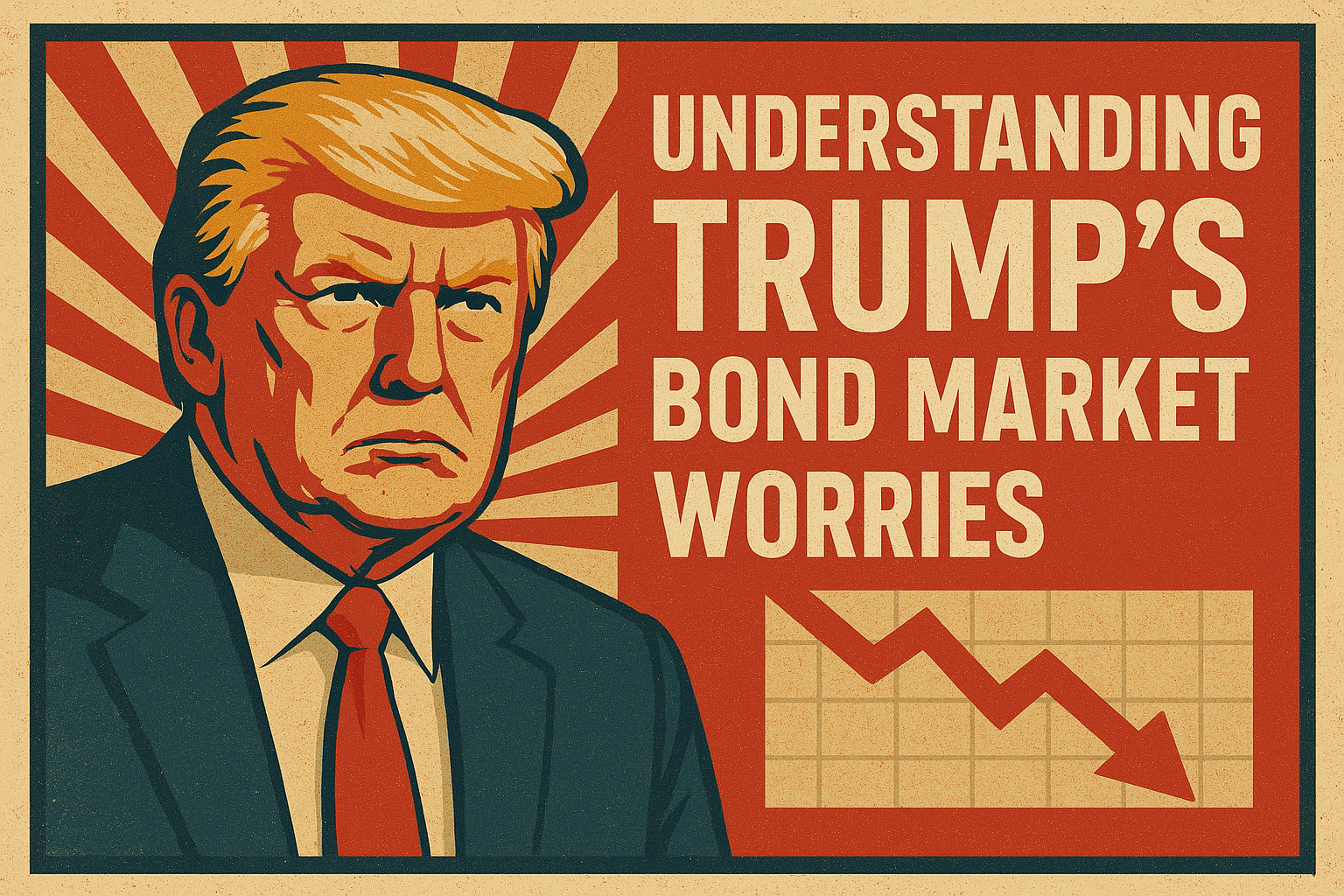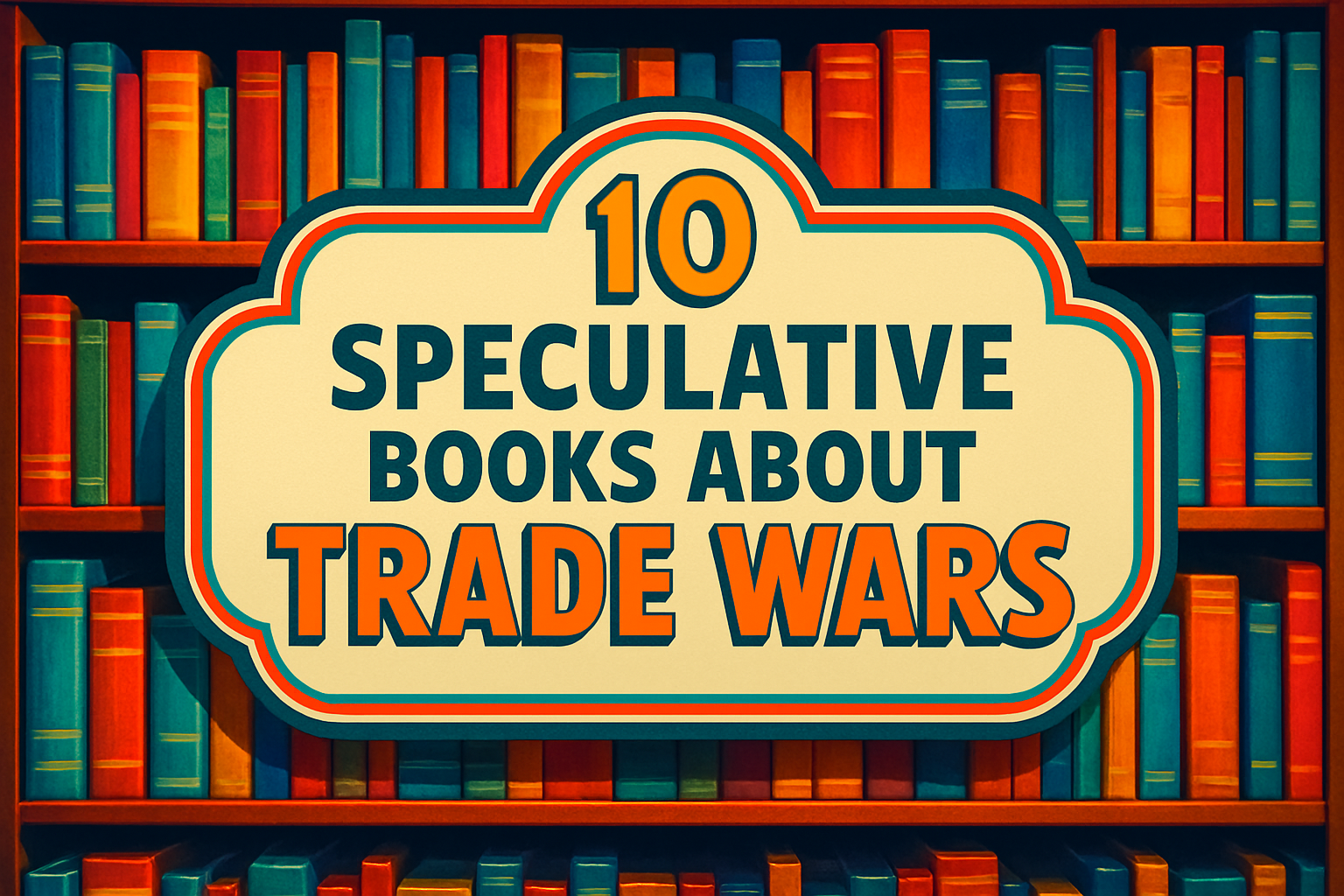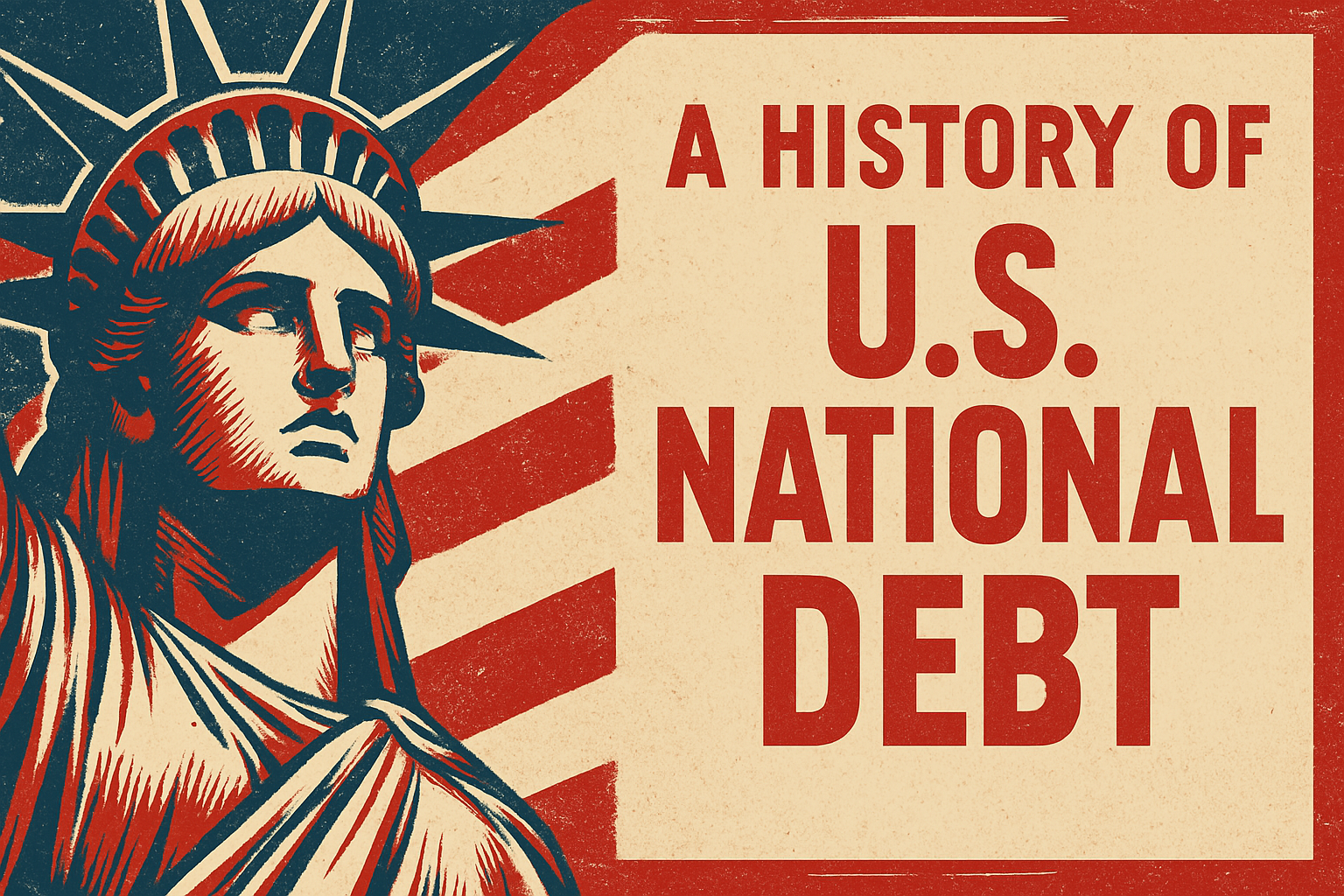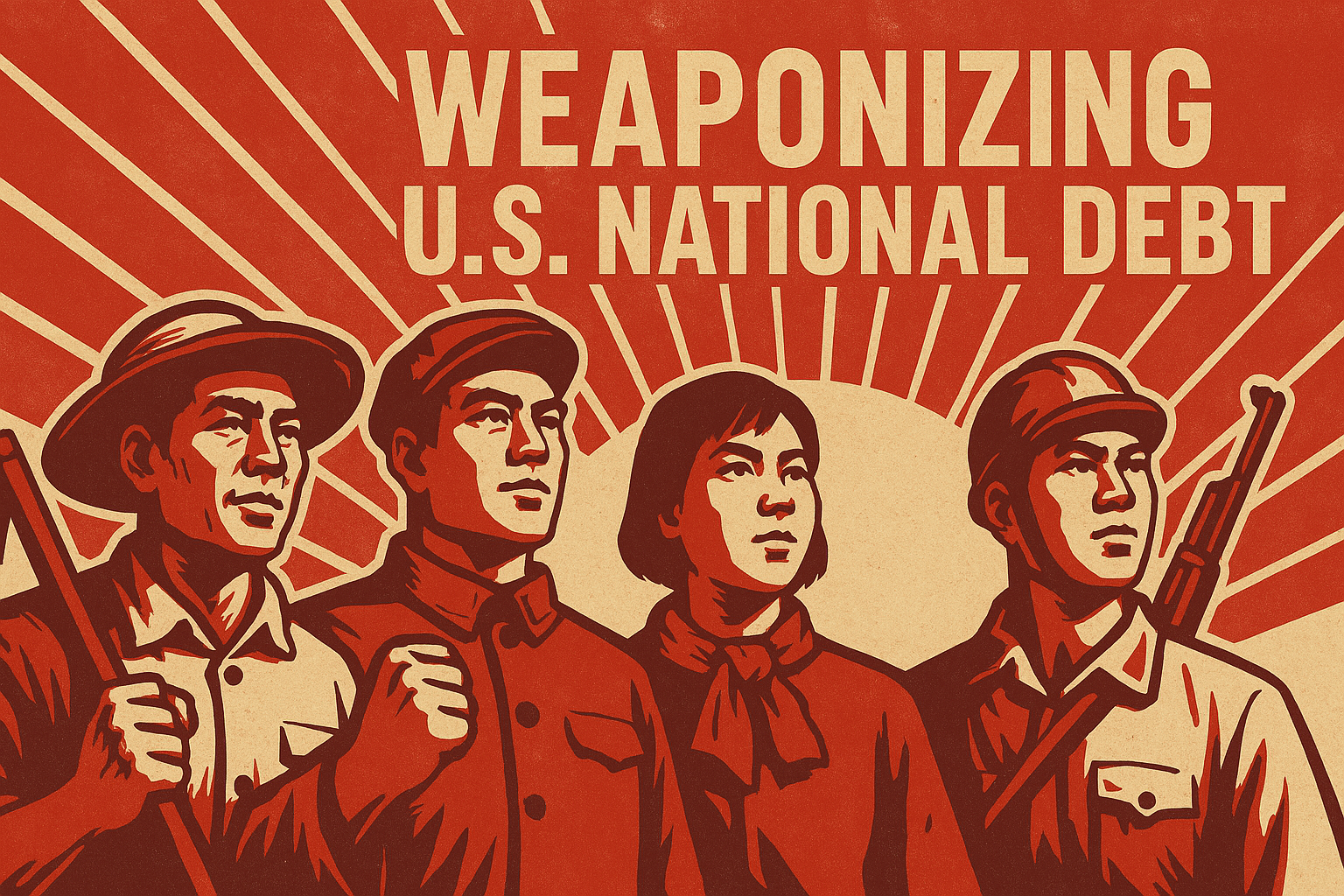In the United Kingdom (UK), product labels such as “Made in UK,” “Produced in Scotland,” or “Packed in England” serve to indicate where and how a good was manufactured, processed, or packaged. These labels are important for ensuring transparency, enabling informed consumer choices, and supporting national and regional branding. Following Brexit, the UK has its own regulatory framework separate from the European Union, though many principles remain aligned with international practices governed by the Department for Business and Trade (DBT), Trading Standards, and Defra (Department for Environment, Food & Rural Affairs).
Trade War
This category includes all articles published on the website in chronological order, encompassing the full scope of content across the platform. It features coverage of economic conflicts between nations, including the use of tariffs, sanctions, export controls, and other trade-related measures. Articles span foundational concepts, briefings, reviews, and in-depth analysis, providing a comprehensive view of global trade tensions and their broader economic impact.
Understanding Labels on Goods in the European Union: Origin, Processing, and Regulatory Standards
In the European Union (EU), labels such as “Made in EU,” “Product of Italy,” or “Packed in Germany” are governed by comprehensive regulations to protect consumer interests and support fair trade. These labels are important for indicating the origin, processing location, and production value of goods, particularly for agricultural, food, and manufactured products. The regulatory framework is built on principles established by EU legislation, including EU Regulation No 1169/2011 for food labeling and EU Customs Code for non-food goods.
Understanding Labels on U.S. Goods: What They Mean and How They’re Regulated
In the United States, labels indicating a product’s country of origin, such as “Made in USA,” “Assembled in USA,” or “Manufactured in USA,” play an important role in informing consumer choice and maintaining transparency in commerce. These labels are governed by specific laws and regulations enforced by federal agencies, primarily the Federal Trade Commission (FTC) and the U.S. Customs and Border Protection (CBP).
Understanding Labels on Canadian Goods: What They Mean and Why They Matter
Labels on goods sold in Canada serve a dual purpose: they inform consumers and help businesses comply with regulatory standards. Among the most visible of these labels are those that indicate the product’s origin, such as “Made in Canada,” “Product of Canada,” and “Packaged in Canada.” These phrases are not interchangeable. Each has a specific legal meaning defined by government guidelines, especially when it comes to food and consumer products. Understanding the differences is important for anyone trying to assess the authenticity, quality, and value of Canadian goods.
A Sobering Lens on a Fractured Nation: A Review of Civil War
Civil War, directed by Alex Garland, presents a stark vision of a near-future United States torn apart by internal conflict. Released in 2024, the film follows a group of journalists navigating a fractured nation to reach Washington, D.C., for an interview with a beleaguered president. With its intense visuals, layered characters, and unflinching portrayal of violence, the movie offers a gripping narrative that resonates with audiences seeking to understand division and its consequences. This review examines the film’s plot, themes, performances, technical achievements, and its striking parallels to the United States’ current landscape as of April 2025.
Understanding Trump’s Bond Market Worries: Debt Sales and Tariffs in Focus
Donald Trump’s focus on the bond market in 2025 reflects its power to shape the U.S. economy, especially through rising borrowing costs that affect everything from government debt to everyday Americans’ wallets. The bond market, where investors buy and sell U.S. Treasury securities, acts like an economic thermometer, revealing how confident people are in the nation’s financial health. When debt holders sell these bonds, it creates ripples that can raise interest rates and complicate Trump’s plans. His recent tariff policies, adjusted as of April 10, 2025, add fuel to this fire, stirring uncertainty among investors. This article breaks down why bond sales and tariffs keep Trump’s attention fixed on this often-overlooked market, reviewing the mechanics and impacts.
10 Thought Provoking Speculative Books About Trade Wars
Trade wars in science fiction offer a lens through which readers can examine power, politics, and economic competition on interstellar scales. These stories use commerce—not conquest—as the engine of conflict, presenting futures where goods, resources, and supply chains shape galactic relations as much as weapons or ideology. The books in this list explore the tensions, strategies, and human consequences of economic warfare, often reflecting or extrapolating real-world trade dynamics into imaginative and speculative settings.
A History of the United States National Debt
The United States began its journey with debt even before it was a fully established nation. During the American Revolutionary War, the Continental Congress, lacking the authority to levy taxes, relied on loans from foreign allies and issued paper currency to fund the war effort. These early debts set the stage for the new federal government to consider borrowing as a practical tool for managing national expenses.
Weaponized Finance: How U.S. Debt Could Become a Tool of Foreign Power
U.S. government debt is a cornerstone of the modern financial system. It helps fund public services, stabilize markets, and manage economic cycles. But the fact that a significant share of this debt is held by foreign governments raises questions about financial exposure and national security. If economic tools can be turned into geopolitical leverage, the question becomes whether America’s debt could be weaponized by foreign powers.

